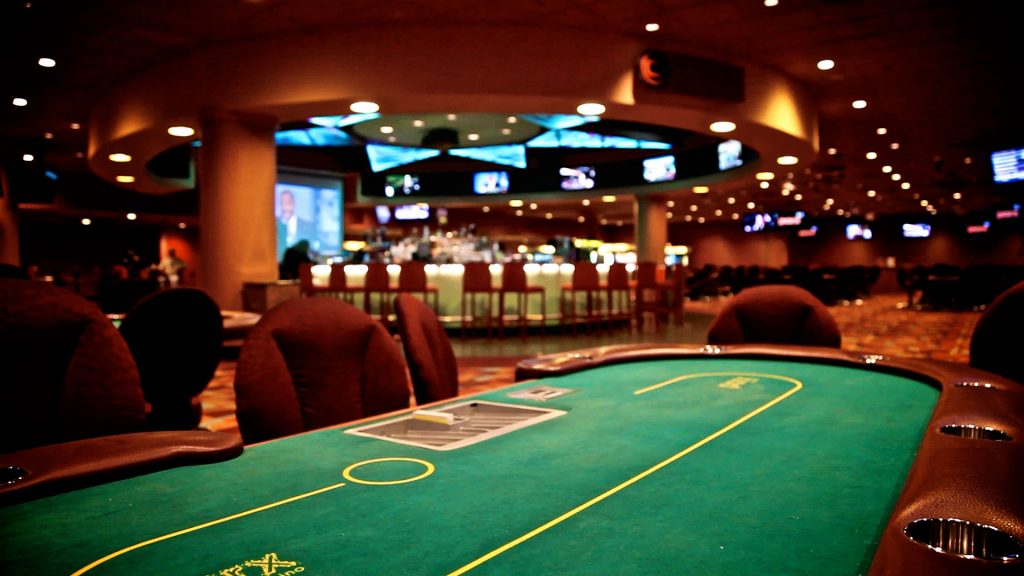Squeeze: Secrets of Texas Hold’em
Winning poker can consist of more than just the basics. There are many special tricks which, if mastered, can make you into a player who makes a significant profit instead of a small profit.
One of these tricks is called a squeeze. The strength of the cards doesn’t matter much, but using a few concepts, combined with an understanding of your opponent’s game logic, can help you get the most out of each game.
Squeeze is essentially a bluff. It’s used when a loose player raises in the preflop and the other loose player calls. The “squeeze” itself is a large 3-bet that is used to knock the two players out of the pot.
Very often the loose-aggressive player opens wide, while the other player will also call in a large number of hands to get to the flop cheaply. In theory, neither opponent has a hand strong enough for a big 3-bet to call.
Keep an eye out for loose-aggressive players who like to rake on the preflop. Don’t overlook those who are passive or weak, preferring to call to see the flop for cheap.
Squeeze can be used in both cash games and tournaments, but is effective in big-bank games such as Pot-Limit Omaha or No Limit Hold’em. Limit games don’t allow you to make a big enough raise to make your opponent fold.
How to Squeeze properly

Squeeze is based on two important factors:
- the opener’s face status.
- the player who calls is aware of #1.
A scheme for a squeeze can be represented as follows:
- Player 1 (Opener): Possesses loose status and a wide preflop raiser range.
- Player 2 (Caller): Aware of Player 1’s losing status, he has a wide range of raises to call.
Your job will be to determine the correct ratio of a Loose Open-raise to a Loose Call, in order to achieve a high percentage of Fouls from your opponents.
There are other factors to consider when making a successful squeeze.
- Large Raise: The squeeze must be heavy enough to make opponents discount medium strength hands. The minimum value of the squeeze should be five times your initial raid.
The fewer opponents behind you, the better for you. Ideally, there should be only a few. As the number of players increases, so does the likelihood that one of them has a strong hand. In addition to this, it is not unreasonable to make sure that these opponents are sufficiently tight without having the habit of easily colliding 3-bets.
The tighter you are, the less motivated your opponents will be to call your 3-bet, and your success at squeezing will be greatly influenced by your actions prior to squeezing and other players’ knowledge of you.
Tournament All-in Squeeze

MTTs can be considered the most popular place to squeeze, with all-in tournaments being the most commonly used. There are two main reasons for this. First, there is no postflop. The opponents can choose between two directions – to call or not to call, so there is not much effort to play in the post-flop. The second is the presence of extra fold equity. In the case where your opponent is calling on all available chips, he significantly reduces his range.
The basic MTT all-in squeeze moves are based on the same principle: a Loose Open Raiser and a Loose Call. There are a few other variables that must be considered. Equally important are the size of the stack – yours and your opponent’s – as well as the size of the blinds. You must have enough chips to force your opponents to fold, and if you’re talking about tournament poker, there’s another factor to consider: the blinds.
You have to look for situations where your stack will have 15 big blinds. With fewer chips, they simply won’t perform their function – opponents will have a great opportunity to call.
Practical Squeeze
To understand the above technique, watch a hand from the 2004 WSOP Main Event. A player with a tight image used the described squeeze positions to win a large pot of 6-2.

